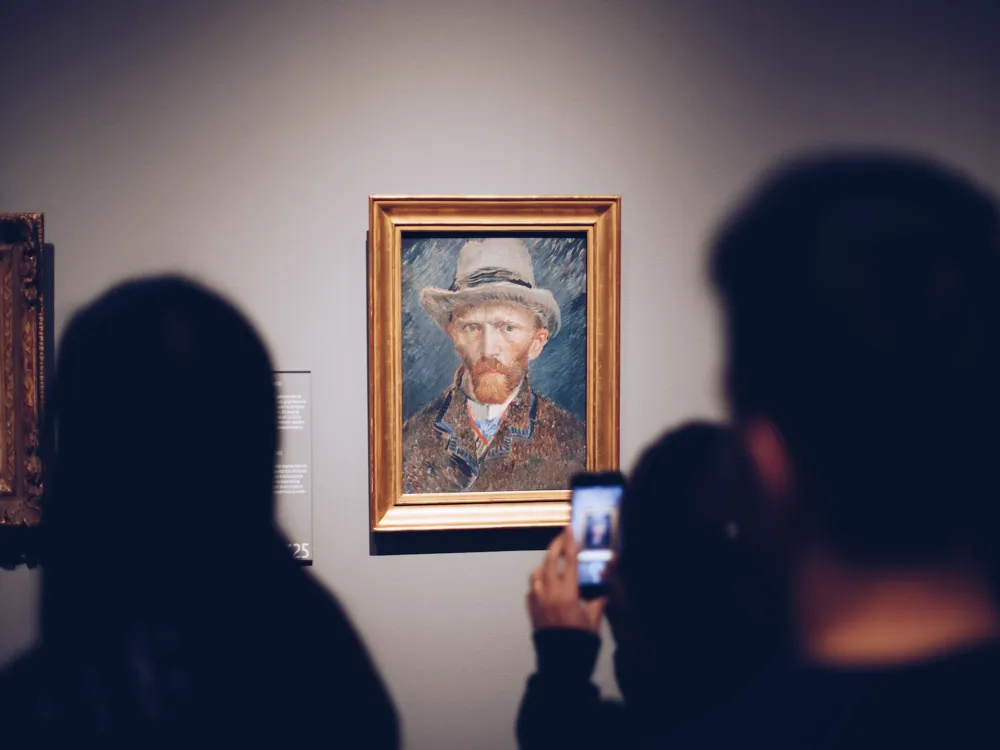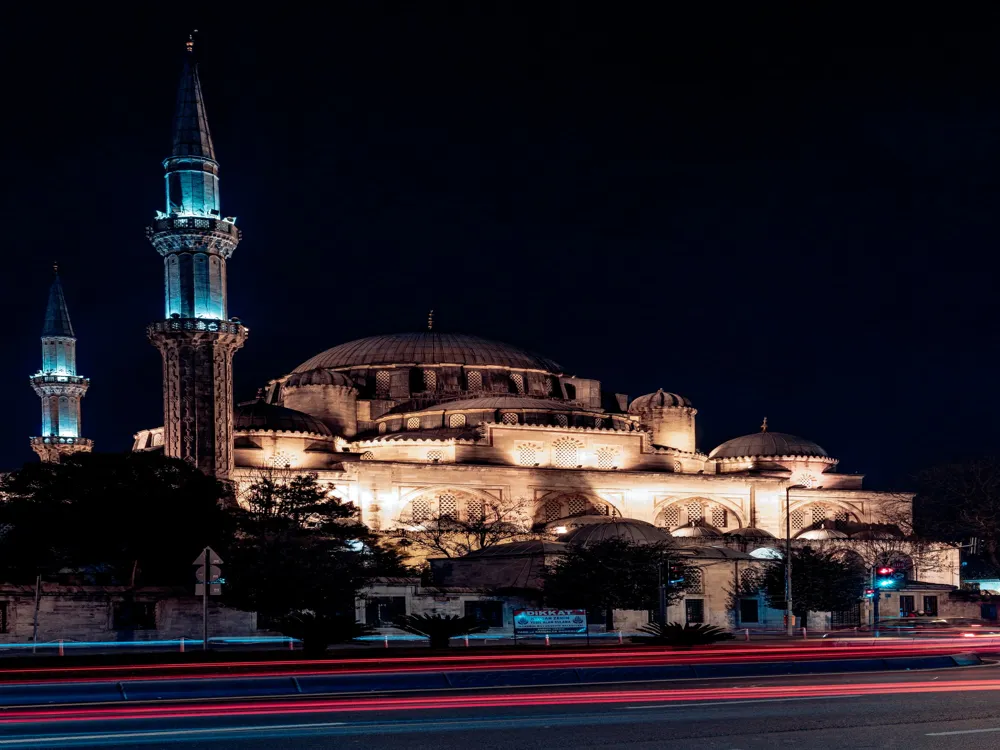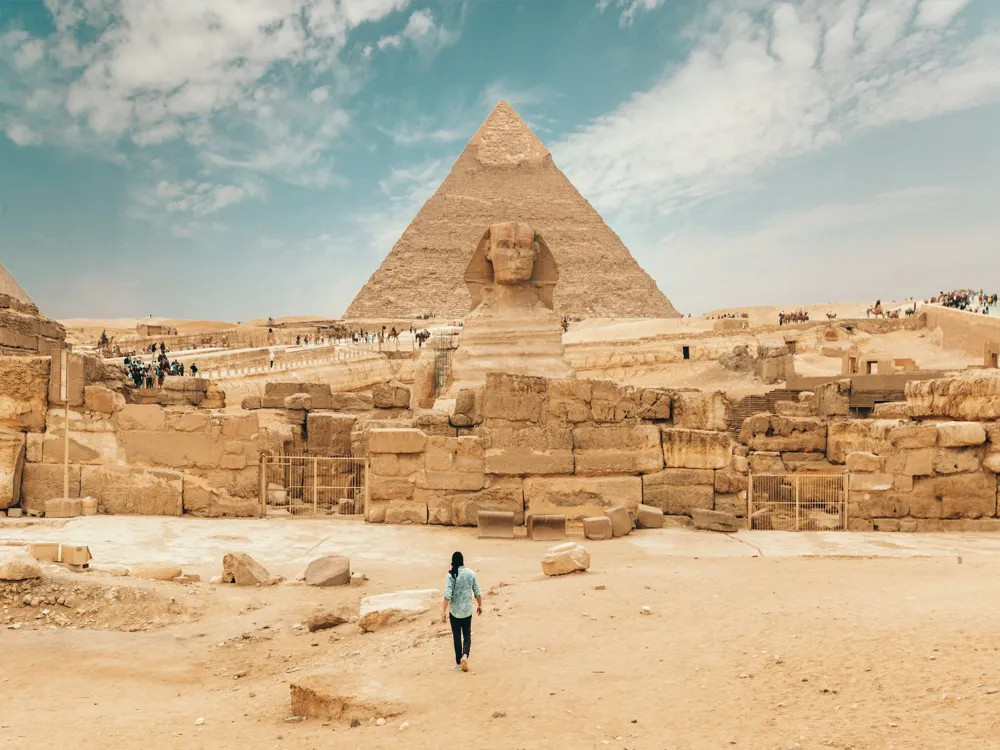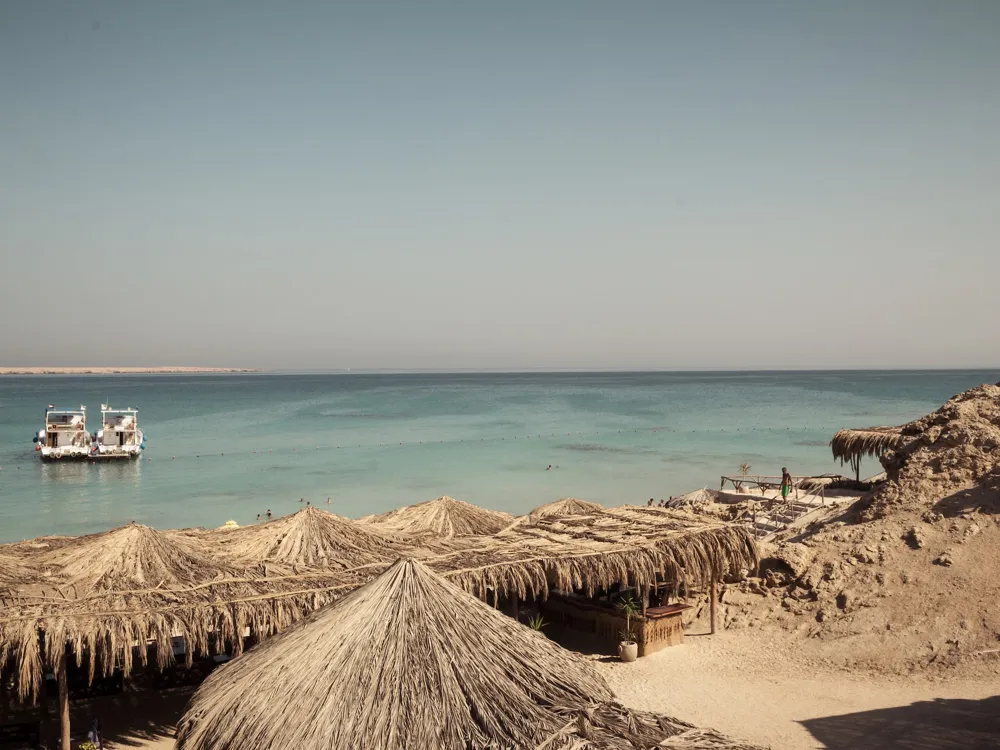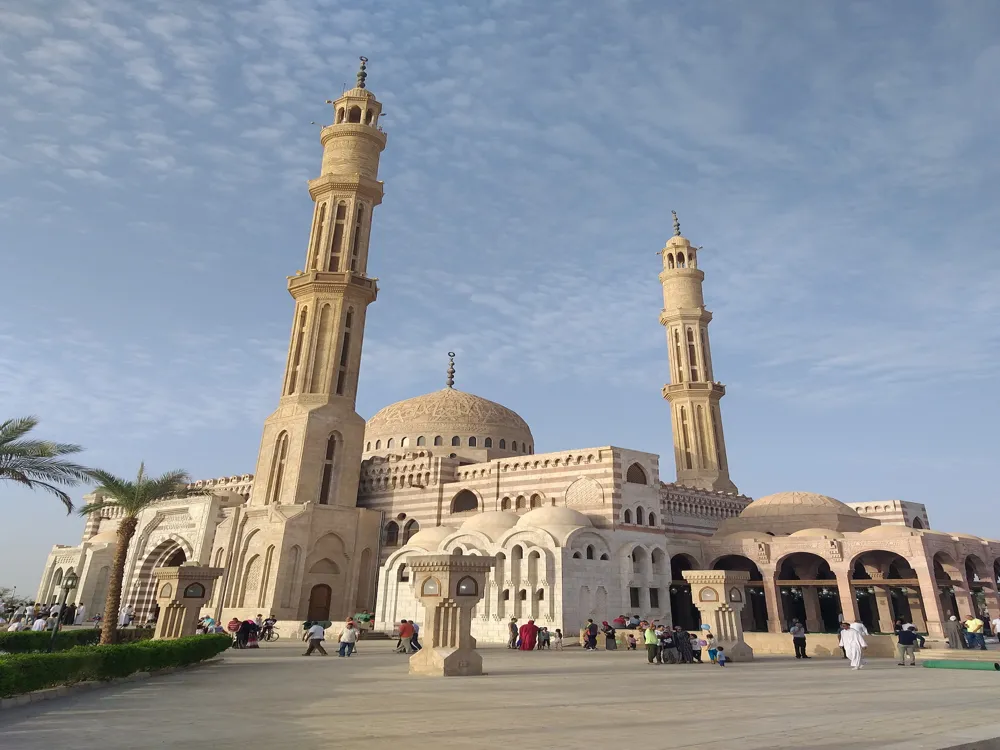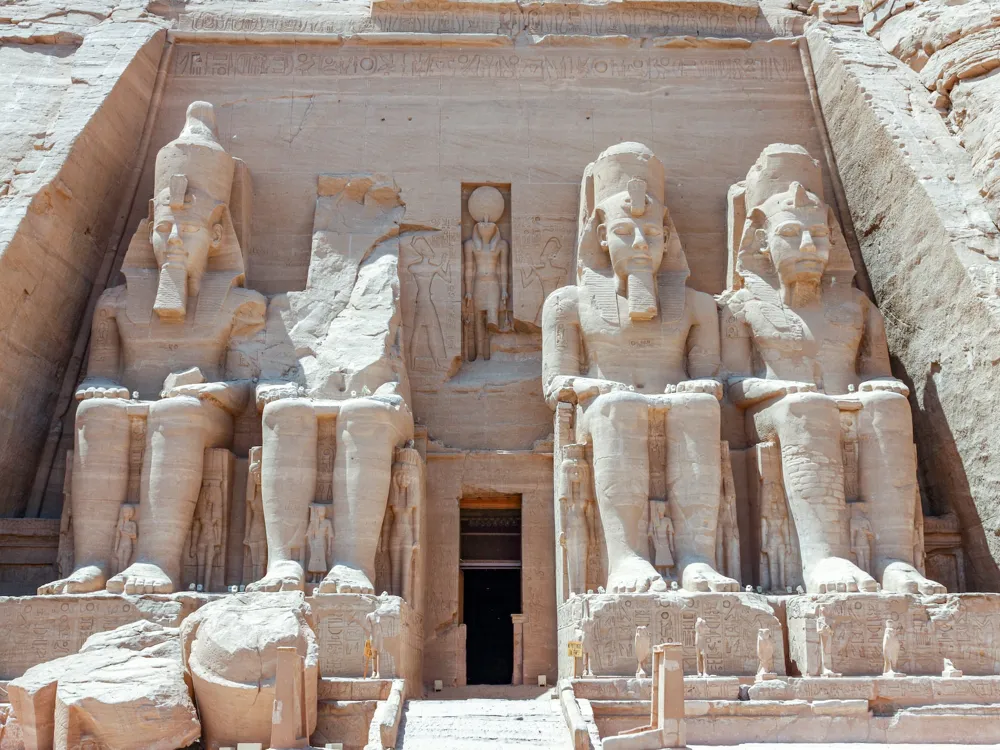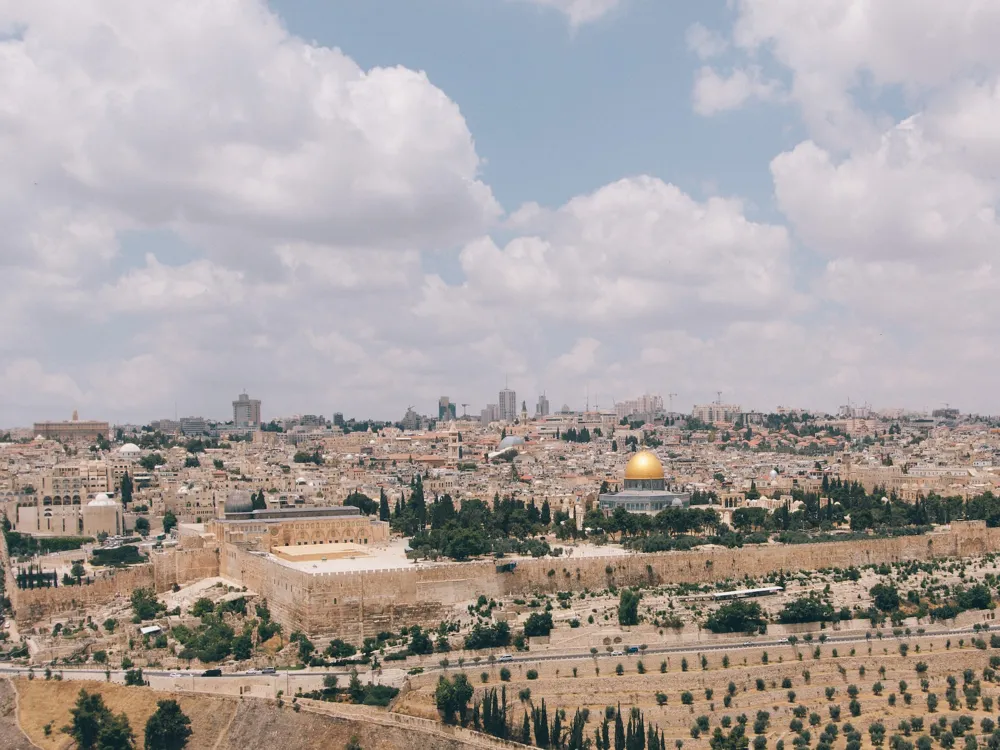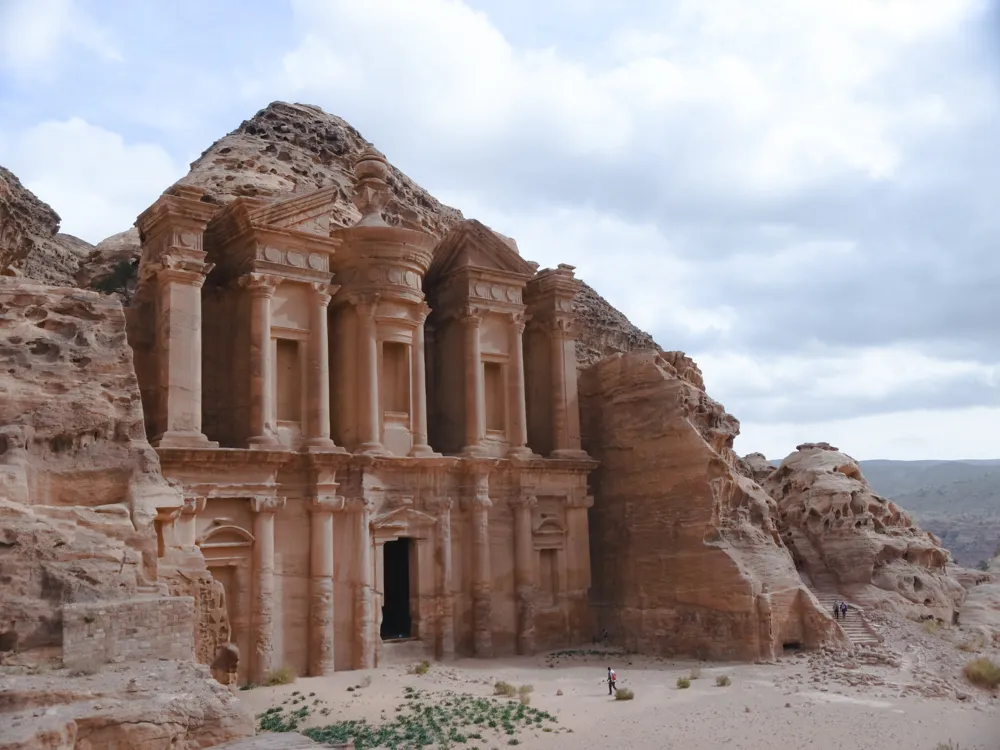The Karnak Temple Complex, commonly known as Karnak, comprises a vast mix of decayed temples, chapels, pylons, and other buildings in Luxor, Egypt. It is one of the largest religious sites in the world and represents the combined achievement of many generations of ancient builders. Karnak is dedicated to the Pharaonic gods and was the focus of religious activity in ancient Egypt. Karnak's architecture is a stunning display of ancient Egyptian art and construction skills. It features a diverse collection of structures, including the Great Hypostyle Hall, a massive room filled with 134 towering columns. The site also exhibits various obelisks, sanctuaries, and precincts dedicated to different deities, showcasing the architectural evolution over centuries. 1. Visit early in the morning or late in the afternoon to avoid the heat and crowds. 2. Wear comfortable shoes as the site is extensive and involves a lot of walking. 3. Bring a hat, sunscreen, and water to stay hydrated and protected from the sun. 4. Consider hiring a guide to fully appreciate the historical and cultural significance of the site. 5. Be aware of the photography rules; some areas may restrict the use of flash or charge a fee for camera use. Karnak is located in Luxor, Egypt, and is accessible by various modes of transportation. Visitors can reach Luxor by air through the Luxor International Airport, by train from major cities like Cairo and Aswan, or by road. From Luxor city, Karnak is a short taxi or bus ride away, or even a pleasant walk for those staying nearby. Read More:Overview of Karnak of Luxor
Architecture of Karnak
Tips When Visiting Karnak
Click to view tips for visiting Karnak
How To Reach Karnak
Karnak
Luxor
₹ 58,621 onwards
View luxor Packages
Weather :
Tags : Historical Site
Ticket Prices : 80 EP for adults, 40 EP for students with student ID.
Timings : 6:00 AM -6:00 PM
Planning a Trip? Ask Your Question
Luxor Travel Packages
View All Packages For Luxor
Top Hotel Collections for Luxor

Private Pool

Luxury Hotels

5-Star Hotels

Pet Friendly
Top Hotels Near Luxor
Other Top Ranking Places In Luxor
View All Places To Visit In luxor
View luxor Packages
Weather :
Tags : Historical Site
Ticket Prices : 80 EP for adults, 40 EP for students with student ID.
Timings : 6:00 AM -6:00 PM
Planning a Trip? Ask Your Question
Luxor Travel Packages
View All Packages For Luxor
Top Hotel Collections for Luxor

Private Pool

Luxury Hotels

5-Star Hotels

Pet Friendly







